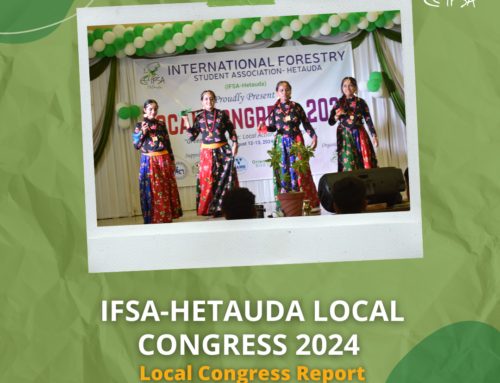Thoughts about plastic pollution during UNEA-3
by Bocheng Zhang, UNEA-3 Delegate
‘Beat the pollution, we are the solution’ is the watchword of Beat #marine litter breakfast. During the Beat #marine litter breakfast and other side events of UNEA-3, ‘Towards Pollution-free Planet’, plastic pollution is the most concerned topics and be mentioned by delegates for lots of times. Plastic pollution is an increasingly serious problem worldwide; it pollutes land, ocean, and threatens animal life. It deeply influences human’s health for enters human food chain through fish and other animals. The plastic in the ocean was 311MT in 2004, which is 20 times greater than in 1964 (15MT). Additionally, the weight of plastic waste in 2004 was one-fifth of the fish weight in the ocean. If we don’t pay attention to this serious problem, the weight of plastic and fish are estimated is the same in 2050 (1124MT). Our plastic waste management has problems, including insufficient infrastructure and knowledge gaps in society. Eirik Oland, Head of External Affairs of Greenpoint in Norwegian, suggested some approaches to fulfill the demands in the directive including reducing plastic consumption: reduce both land and marine based littering, and increase resource efficiency such as plastic recycling. To transform the global plastic packaging market, fundamental innovation is also necessary.
Fig1. Beat #marine litter breakfast in the Clean Sea Tent
Lots of governments are trying to find solutions to plastic pollution. Some countries, such as China and Canada, put a tax on plastic. Specifically, Kenya just promoted Plastic Carrier Bags Ban in August. It is the toughest plastic ban in the world: four years jail or $40,000 fine. In Kenya, the single-use plastic bag spreads with an incredible speed in recent 10 years and it exerted significant negative effects on land, ocean, and wildlife. The Kenyan government tries to introduce alternatives to the public to substitute plastic bags, such as the Manila paper, canvas, jute, and biodegradable plastics. The Plastic Carrier Bags Ban in Kenya seems to show us a beautiful picture: solving the main source of plastic pollution in an extremely short time. However, not all the citizens are happy with the ban; some people complained that the government is failing to engage the public on civic education and the expensive price of alternatives. Although a six-month window for adjustment was given, there is still some people think the time is not enough, it is no denying, as widely used products, it is impossible to deal with all the single-use plastic bags in only 6 months. Moreover, even though the ban is tough, it is not as practical than people thought because it is hard to carry out the punishment and promote the alternatives. [gallery ids="2774,2775" type="slideshow"]Fig2. Alternatives provided by Kenya government
Should we follow Kenya’s steps, or could we find a more gradual way to solve the plastic pollution problems? Given the ban in Kenya has only been carried out for a few months, it is still hard to foresee the influences in the future; it gives us a good case of policy-making and policy implementation. We can keep observing the development to get experience. Bocheng Zhang]]>


